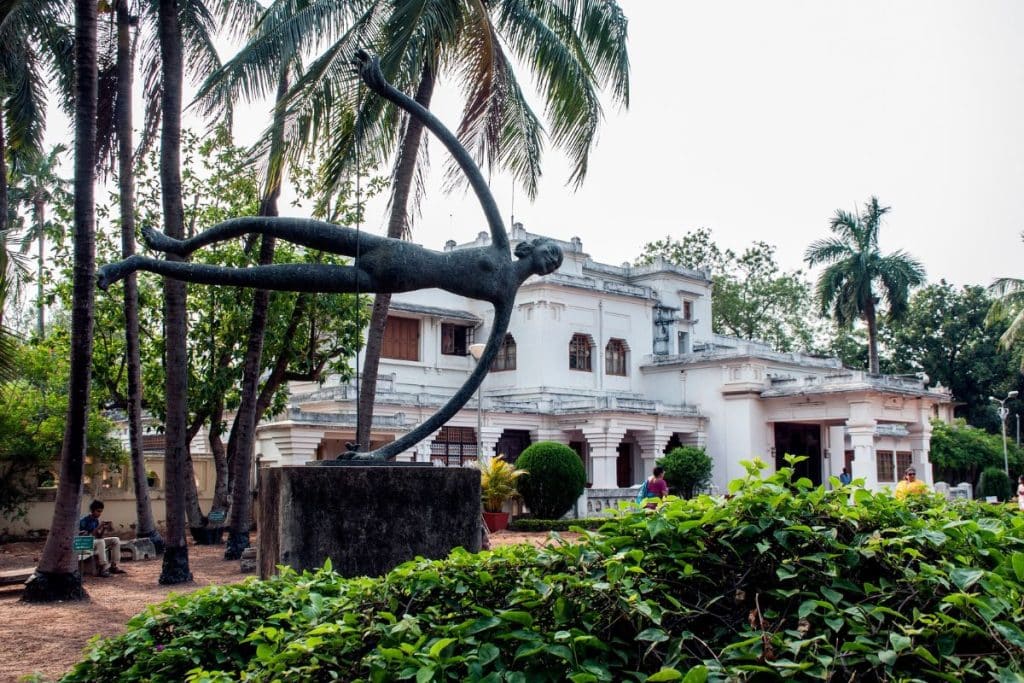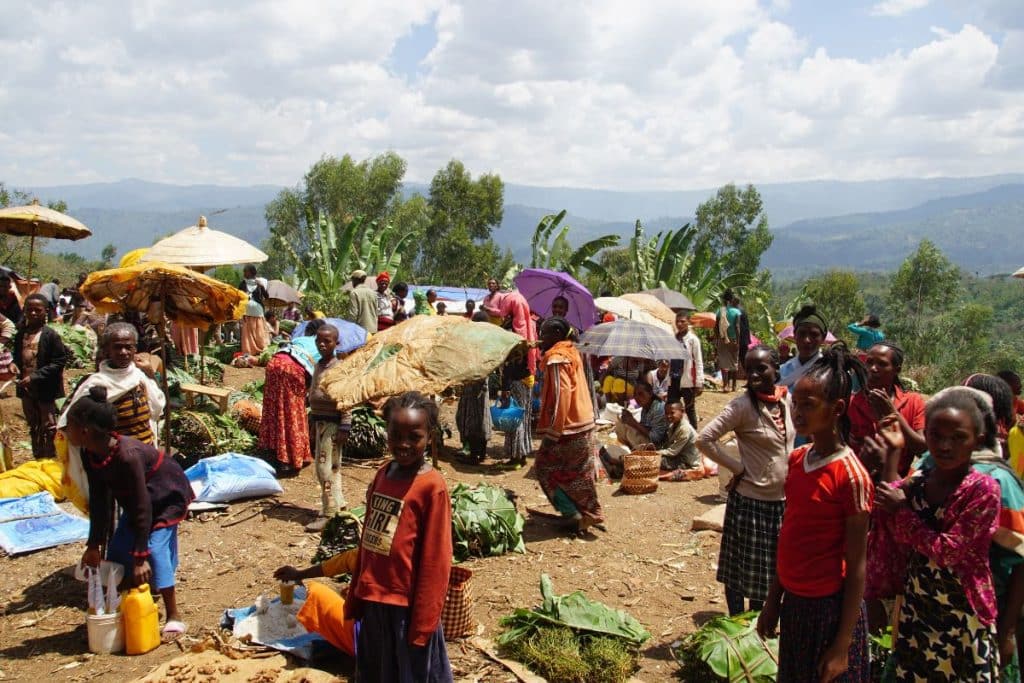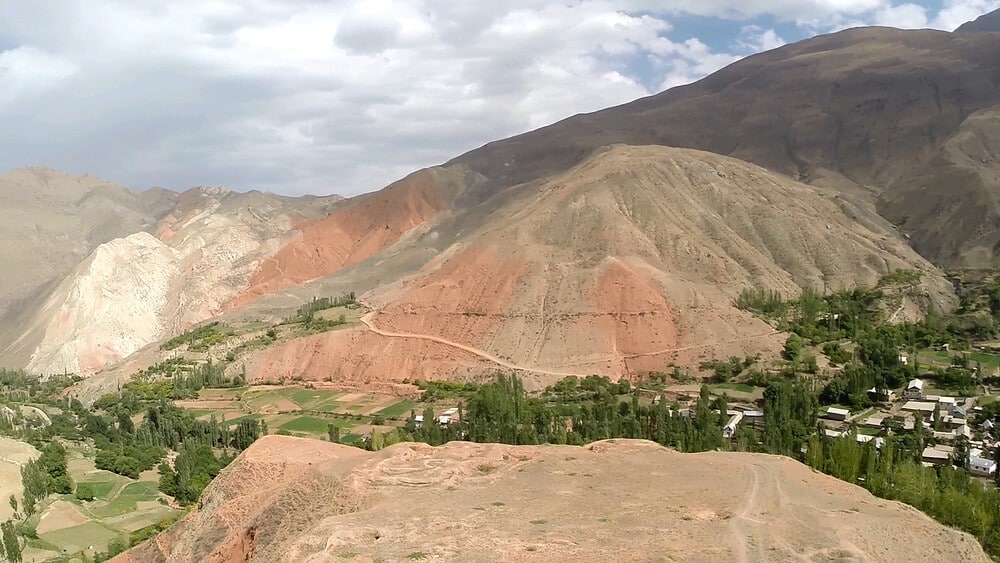From September 10-25, 2023, the 45th session of UNESCO’s World Heritage Committee will be held in Riyadh, Saudi Arabia. During this conference, delegates from 21 member states reached a consensus on the addition of 14 new sites to the World Heritage List and the extension of recognition to several existing sites.
These additions and extensions will provide legal protection to historically significant or distinctive sites in countries such as China, India, Ethiopia, Iran, Azerbaijan, and the Palestinian territory of the West Bank. In addition, the committee has added several Ukrainian sites in Kyiv and Lviv to the List of World Heritage in Danger.
Cambodia – KOH KER: ARCHAEOLOGICAL SITE

Koh Ker stands as a sacred complex with numerous temples, shrines, sculptures, inscriptions, murals and remains. This architectural marvel, built over a period of 23 years, was one of the two competing capitals of the Khmer Empire, the other being Angkor. From 928 to 944 CE Koh Ker served exclusively as the capital under the rule of King Jayavarman IV. It is believed that the layout of the city was designed in accordance with ancient Indian religious principles about the cosmos. The city is characterized by distinct urban planning, artistic expression and innovative construction methods, especially the use of massive monolithic stone blocks.
India – SANTINIKETAN

The famous poet and philosopher Rabindranath Tagore founded Santiniketan in 1901 as a rural boarding school and arts center in West Bengal. Later, in 1921, he established it as a ‘world university’ called Visva Bharati to promote human unity across cultures. Santiniketan’s architectural style and pedagogical approach differed from British colonialism and European modernism, reflecting a unique vision of pan-Asian modernism influenced by the ancient, medieval, and folk traditions of the region.
Latvia – KULDĪGA OLD TOWN

The old town of Kuldīga in Latvia is a remarkably well-preserved example of an ancient urban settlement. It developed from a modest medieval village into an important administrative center for the Duchy of Courland and Semigallia during the 16th to 18th centuries. The urban layout of Kuldīga remains true to this historical period, with a combination of traditional log cabin architecture and styles influenced by foreign artisans who interacted with local craftsmen from the Baltic Sea region. These architectural influences and craft practices, dating back to the time of the duchy, remained until the 19th century.
Ethiopia – THE GEDEO CULTURAL LANDSCAPE

The Gedeo region of Ethiopia is located on the eastern edge of the main Ethiopian Rift Valley and includes steep slopes in the Ethiopian highlands. Agroforestry is practiced in this region, with farmers using a multi-layered cropping method in which large trees serve as rootstocks for intercrops, coffee, and shrubs. The densely populated Gedeo people have traditional knowledge of forest management and maintain sacred forests for religious rituals. Along the ridges, megalithic monuments are revered by the community and maintained by elders, representing a unique cultural and environmental landscape.
Mongolia – DEER STONE MONUMENTS AND RELATED SITES OF BRONZE AGE

Located on the slopes of the Khangai Ridge in central Mongolia, these ancient deer stones served as the site for ceremonial and funerary rituals, with origins dating back to about 1200 to 600 BC. These stones, up to four meters high, were set directly into the earth, often singly or in groups. They are usually part of larger complexes that include large burial mounds known as khirgisüürs and special sacrificial platforms. Decorated with intricate, stylized or representational carvings depicting deer, these deer stones represent the most significant surviving structures associated with the culture of the Eurasian nomads of the Bronze Age, which developed and gradually declined during the transition from the 2nd to the 1st millennium BC.
Denmark – VIKING-AGE RING FORTRESSES

This collection of five archeological sites consists of massive circular fortifications built by the Vikings in a relatively short period between 970 and 980 CE. Despite their uniform design, these forts were strategically located near major land and sea routes, underscoring their defensive purpose. These structures serve as tangible evidence of the dominance and centralized authority of the Jelling dynasty and reflect the remarkable social and political changes that occurred in Denmark during the late 10th century.
Canada – TR’ONDËK-KLONDIKE

Tr’ondëk-Klondike, located in northwestern Canada, is the ancestral land of the Tr’ondëk Hwëch’in First Nation. Positioned along the Yukon River in the subarctic zone, this region includes a number of archeological and historical sites that shed light on how Indigenous communities responded to the profound changes brought about by the Klondike Gold Rush in the late 19th century. These sites include areas where interactions occurred between Indigenous inhabitants and white settlers, and shed light on the adaptive strategies that the Tr’ondëk Hwëch’in used to respond to the arrival of settlers.
Tajikistan, Turkmenistan, Uzbekistan – SILK ROADS: ZARAFSHAN-KARAKUM CORRIDOR

The Zarafshan-Karakum corridor in Central Asia played a crucial role in the Silk Road network, stretching 866 kilometers along the Zarafshan River. This ancient trade route connected the East with the West and promoted the exchange of various goods and cultures from the 2nd century BC to the 16th century CE. It was a melting pot of different cultures, religions, sciences and technologies, shaped by the interaction of people from all over the world who traveled, settled and traded along this route.
Germany – JEWISH-MEDIEVAL HERITAGE OF ERFURT

Located in the medieval heart of Erfurt, the capital of Thuringia, this site includes three historic landmarks: the Old Synagogue, the Mikveh and the Stone House. These structures provide insights into the life of the local Jewish community and its interactions with the Christian majority in Central Europe during the Middle Ages, which spanned from the late 11th century to the mid-14th century.
Azerbaijan – CULTURAL LANDSCAPE OF KHINALIG PEOPLE AND KÖÇ YOLU TRANSHUMANCE ROUTE

The Khinalig cultural landscape is located in the rugged landscapes of northern Azerbaijan and is the habitat of the semi-nomadic Khinalig community. This people have developed a distinct culture and way of life that revolves around the seasonal changes between summer and winter pastures. These walks follow a 200-kilometer path known as the “Koeç Yolu” or migration route. In this cultural landscape you will encounter the village of Khinalig, high-altitude summer pastures and agricultural terraces nestled in the vast mountains of the Great Caucasus. In contrast, winter pastures are located in the flat lowlands of central Azerbaijan, with the Koeç Yolu connecting these central components.
Palestine – ANCIENT JERICHO/TELL ES-SULTAN

Tell es-Sultan, an oval hill in the Jordan Valley, houses archeological finds dating from the 9th to 8th millennia BC. The site’s statues and skulls attest to religious ceremonies performed by the Neolithic inhabitants. The artifacts from the Early Bronze Age testify to urban planning, while the remains from the Middle Bronze Age show massive and highly developed Canaanite city-states.
South Korea – GAYA TUMULI

This site includes a collection of archeological burial sites with burial mounds once attributed to the Gaya Confederacy, a historical entity in southern Korea that spanned from the 1st to the 6th century CE. The layout of these cemeteries, the distinctive features of the landscape, the various burial practices, and the grave goods found attest to the distinct political structure of the Gaya Confederacy, in which different factions coexisted on an equal footing and shared a common cultural heritage. Furthermore, the evolution of burial styles and the growing importance of hierarchical elements in these mounds reflect the social changes that the Gaya Confederacy experienced over time.
Iran – THE PERSIAN CARAVANSERAI

Caravanserais served as shelters for wanderers, sustenance, food and hydration for caravans, pilgrims and travelers. They were strategically located depending on the accessibility of water, topography and security aspects. The 54 caravanserais presented on this website represent only a fraction of the numerous caravanserais built along historical routes in Iran. These exemplars hold immense significance, encapsulating diverse architectural styles, responses to different climatic conditions, and use of different building materials in the area of Iranian caravanserais.
China – CULTURAL LANDSCAPE OF OLD TEA FORESTS OF THE JINGMAI MOUNTAIN IN PU’ER

Over a period of a millennium, beginning in the 10th century, the Blang and Dai ethnic groups meticulously shaped the cultural landscape of Jingmai Mountain in southwestern China. This place is a center of tea production with time-honored villages surrounded by ancient tea groves, forests and tea plantations. Indigenous communities in the region maintain a traditional method of cultivating the understory that has adapted seamlessly to the mountain ecosystem and the subtropical monsoon climate it embodies. Rooted at the core of this cultural tradition is the belief in the tea ancestors, which believes in the existence of spirits that live in the tea plantations and native flora and fauna. This belief forms the basis for local ceremonies and festivals.
The post These Are 14 New Additions To The UNESCO World Heritage List appeared first on Traveling Lifestyle.
------------------------------------------
By: Luka Trcek
Title: These Are 14 New Additions To The UNESCO World Heritage List
Sourced From: www.travelinglifestyle.net/these-are-14-new-additions-to-the-unesco-world-heritage-list/
Published Date: Mon, 25 Sep 2023 13:51:34 +0000






